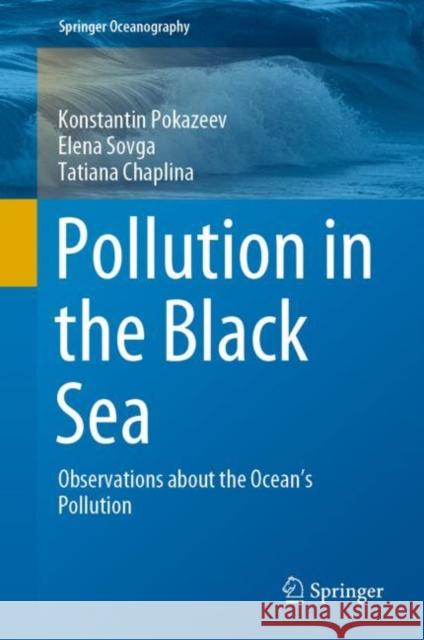Pollution in the Black Sea: Observations about the Ocean's Pollution » książka
topmenu
Pollution in the Black Sea: Observations about the Ocean's Pollution
ISBN-13: 9783030618940 / Angielski / Twarda / 2020 / 213 str.
Pollution in the Black Sea: Observations about the Ocean's Pollution
ISBN-13: 9783030618940 / Angielski / Twarda / 2020 / 213 str.
cena 563,56
(netto: 536,72 VAT: 5%)
Najniższa cena z 30 dni: 539,74
(netto: 536,72 VAT: 5%)
Najniższa cena z 30 dni: 539,74
Termin realizacji zamówienia:
ok. 22 dni roboczych
Dostawa w 2026 r.
ok. 22 dni roboczych
Dostawa w 2026 r.
Darmowa dostawa!
Kategorie BISAC:
Wydawca:
Springer
Seria wydawnicza:
Język:
Angielski
ISBN-13:
9783030618940
Rok wydania:
2020
Wydanie:
2021
Numer serii:
000475204
Ilość stron:
213
Waga:
0.50 kg
Wymiary:
23.39 x 15.6 x 1.42
Oprawa:
Twarda
Wolumenów:
01
Dodatkowe informacje:
Wydanie ilustrowane











